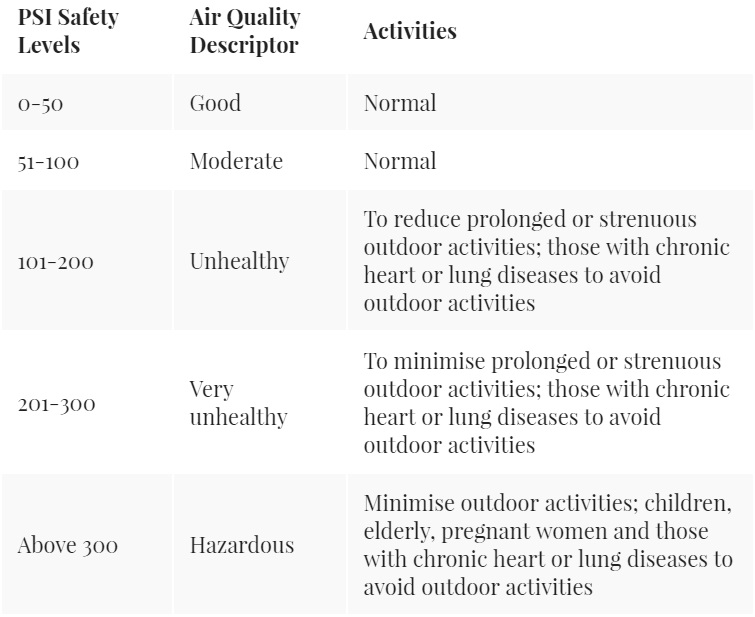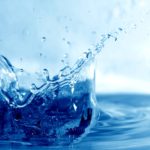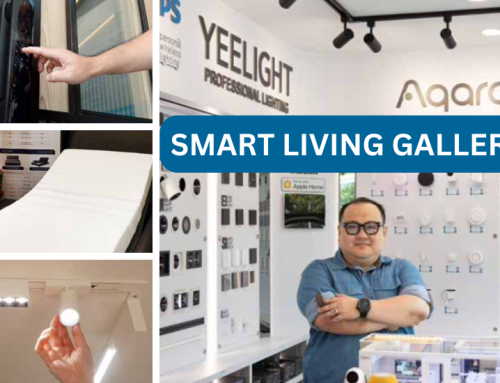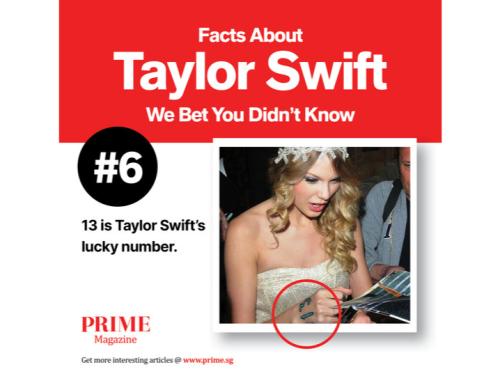It is the annual haze season (June-October) once again in Singapore, do you know what the PSI readings actually mean? Read on to find out.
The National Environment Agency (NEA) measures haze levels through a system called the Pollutant Standards Index (PSI). PSI is computed based on a 24-hour reading of the concentration levels of pollutants. When air quality reaches unhealthy levels, it can trigger respiratory illness symptoms, coughs, eye irritations and sneezing.
When do you need a mask?
You will need one when the PSI level exceeds 150. Always consult your doctor or pharmacists on choosing the right mask before using them, especially the N95 mask (“Beat the haze”).
Pollutant Standards Index (PSI) Readings

*data taken from NEA website
Now that you have beefed up your knowledge on PSI readings, do you know that poor indoor air quality can also put your family’s health at risk? The haze levels may have gone down for now, but breathing in clean air all year round is a must! It is important to ensure your house is well-ventilated. Let’s take a look at two types of air-cleaning devices which may be useful to remove pollutants from indoor air.
1. HEPA air purifier – High-efficiency particulate air
This is a type of mechanical air filter that removes particles by capturing airborne particles. Contaminants such as allergens, dust mites and pollen are captured by a mesh while a fan forces clean air through the filter.
It is important to know the amount of clean air that an air purifier can produce for a room to ensure its effectiveness. Also take into consideration the power consumption and filter changes before purchasing a HEPA air purifier. Most air purifiers have HEPA filters and may be useful for people who suffer from asthma. You can also use a vacuum with HEPA filter to reduce chemicals and allergens in your home.
2. Electronic air cleaners
These are electrostatic precipitators comprising of a charging section and a collection section. An electrical field is used to trap charged dust particles which are then drawn and accumulated on a metal plate collector with an opposite charge. The electrostatic precipitators re-circulate clean air into the general airstream. Electronic air cleaners are installed in air conditioning system ducts or in portable units with fans.
Other than investing in air purifiers, you can also take the following steps to reduce indoor pollutants:
- Clean your air conditioner regularly as the unit accumulates dust. Use a moist cloth or paper towel to wipe the coils or engage a professional to service your unit.
- Wash your bedding in hot water as dust mites are found in beddings, pillows, mattresses and carpets and can trigger asthma.
- Discourage indoor smoking! Secondhand smoke can lead to health conditions, even for non-smokers. Studies estimated that non-smokers exposed to secondhand smoke at home have their risk of lung cancer raised about a quarter.
References:
Health Promotion Board
National Environment Agency
National Library, Infopedia











